Review
I watched the first 2 episodes of Star Trek: Discovery last night, with mixed feelings. I loved the main character, loved Michelle Yeoh’s character, really disliked a species redesign, and was taken aback by how short the episodes are (and how frequent the ads are.) But as a diehard Star Trek fan, I plan to keep watching; we subscribed to CBS All Access just for this show.
SPOILER ALERT
If you haven’t seen the show yet, there is at least one spoiler below, specifically in discussing the species redesign I mentioned above. I tried not to give away any major plot points. The inclusion of this species was discussed in any number of places before the show aired. But if you haven’t been paying attention to the pre-launch buzz, the mere mention of the species in question could suggest what happens in the first two episodes. I can’t avoid discussing it in my review, because it comprises a significant part of my reaction to the show so far.
Proceed at your own risk.
Sonequa Martin-Green is supurb as Michael Burnham, a human raised on Vulcan, who is First Officer on the Shenzou as the series opens. As a child, Michael survived a Klingon terror attack, and became a ward of Sarek (Spock’s father), receiving a Vulcan education and attending the Vulcan Science Academy—the first human to do so. I hope her relationship with Sarek, seen thus far mainly through flashbacks, will be explored further. That backstory makes her a really interesting character, one who, like Spock, embodies the internal conflict between emotion and reason. I’m really looking forward to seeing the character developed further, but she’s already an appealingly complex, conflicted, three-dimensional person from the moment she appears onscreen, thanks to a stellar performance by Martin-Green that is unquestionably the highlight of the show so far. Her Burnham is intensely focused, fiercely curious, and highly intelligent; she uses logic as a tool, but her emotions are visible under the cool exterior.
Michelle Yeoh is also terrific in the first two episodes. She’s listed as a guest star, not a regular, which is a pity, as I really like her character, a soldier/diplomat who captains the Shenzhou. Yeoh’s Captain Georgiou is confident in command, her authority and coolheaded competence as clear in her facial and body language as her integrity and wry sense of humor. There’s obviously a deep affection between Georgiou and her protege and first officer, but it is tested in these two episodes.
The writing so far varies between “all right” and “very good.” I enjoyed the dialogue between Michael and Commander Georgiou, but was less impressed with the Klingons’ dialogue (more on that below.) The storyline held my attention throughout, with good pacing and plenty of tension, both within and between the characters, and in terms of events. Pre-show press indicates that the series will be much less episodic than previous series have been; the main story arc will play out over the 15 episodes of Season 1, essentially as a serial. It’s also less of an ensemble show than previous Trek series, at least so far; the focus is clearly on Michael Burnham.
Based on the first two episodes, it appears that the show is going more in the direction of moral ambivalence and intercrew conflict, like the later seasons of Deep Space 9 (DS9) and much of Voyager, than the optimism and moral certitude that characterize most of the original series (TOS) and Star Trek: Next Generation (STNG.) Showrunner Aaron Harberts described Star Trek: Discovery as “dystopian” on the After Trek show that aired following the first episode. That doesn’t surprise me, particularly in light of the current sociopolitical climate both nationally and internationally. Still, I hope that the show will retain at least some of the optimism of Roddenberry’s original vision, which is in short supply in the real world these days. I think we need the reminder that a world which embraces diversity is not only desirable but possible, when people—and peoples—deal with one another with respect. From an interview Martin-Green gave, it seems that the show does express something of that vision as well as the difficulty of reaching it:
“Discovery,” she says, is about “war, the greatest conflict of all, but it’s also about profound questions of ‘Who am I,’ ‘who are you,’ ‘how do I relate to you?’ How do we live with each other? How do we make acculturation a two-way exchange rather than me dominating you or you dominating me?”
In “Discovery,” she says “we are aspiring to a utopia, but we haven’t reached perfection yet. Yet we are trying [but] you are going to see us try and fail and try again and fail again.” (source: Newsday)
The show’s visual effects are as good as we have come to expect from science fiction shows and movies, which is to say very good to excellent. The directors and cinematographers have clearly borrowed from the J.J. Abrams playbook when it comes to camera angles and lens flares. (Thanks to my husband for that observation, and put it in the “ok” category from my perspective, as it’s not necessarily a style I embrace.) They’ve also made an interesting and potentially controversial choice for the opening credits, eschewing the usual Star Trek space shots and replacing them with a CGI sequence that is far more about design than the wonders of space. The opening credits music includes brief nods to the original score, which is a nice touch. However, overall the opening credits lack the excitement of the corresponding sequences of TOS, STNG, and DS9.
CBS All Access is a two-tier streaming channel, with ads at the lower rate. The episode length and structure have clearly been tailored to accommodate the ads… and there are a lot of them. If I had to guess (I didn’t time it precisely), there’s about 37 to 40 minutes of actual show, including the credits, versus about 20 minutes of ads. That’s noticeably less showtime than those of us who grew up watching TOS or STNG or DS9 expect from a Star Trek show, and I was a little taken aback by how short the episodes felt.
My biggest hesitation about the show so far is the physical redesign of the Klingons, which is… well, I really don’t care for it. They’ve added so many facial prosthetics that the actors’ expressions are largely masked. (They’ve also made the Klingons bald.) It’s poor design from the acting standpoint. More to the point, it was totally unnecessary.
In 1987, Star Trek fans were taken aback by the craniofacial redesign of Klingons that occurred with the launch of STNG, but they accepted it fairly quickly. That appearance remained fairly constant throughout the four shows (STNG, DS9, Voyager, and Enterprise) and movies made during the same years. It is now not only widely accepted but canon, with hundreds of hours of footage behind it. I think a lot of fans are going to be dismayed this arbitrary reimagining of Klingon physiognomy, particularly since it diminishes the characters’ emotional affect (or at least the actors’ ability to portray their emotions.) It remains to be seen whether longterm fans will accept the new design.
Klingon speech has lost some of its expressiveness as well. The lead Klingon, T’Kuvma, sounds like he’s having difficulty enunciating clearly due to poorly-fitting false teeth (and perhaps he is—see my comment on prosthetics, above.) Furthermore, the Klingons speak exclusively in Klingon (with subtitles) when speaking among themselves. This could totally work if it were handled well, but I didn’t feel it was. The Klingons, particularly T’Kuvma, sound stilted to me, speaking in gutteral barks with less emotional range than I expect: it sounds more like rote memorization than the fluency of a native tongue. I’ll grant you that there is a decided harshness and gutteral quality to canon Klingon speech, with words often delivered like blows, but previous shows made it seem more organic, more a part of the speech pattern. Perhaps fluency and expressiveness will come as the actors grow more accustomed to speaking Klingon.
The Wikipedia article on the show has this to say about the redesign: “The show also heavily features the Klingon species, with the intent of exploring the central conflict from both perspectives. The Klingons were redesigned for the series, with influence from their previous appearances, the original inspirations for the species, and the novel The Final Reflection, as well as research on biology and evolution.” I don’t see any inspiration from TOS in the new Klingon craniofacial structure, but the current look is at least somewhat influenced by the head ridges of the STNG/DS9-era Klingons. Sets and weapon design show more influence: the designers appear to have drawn heavily on “existing” Klingon weapons and interior design, but put their own stamp on them. I actually thought the Klingon sets and weapons looked interesting and Klingon-like. It’s the characters’ physical appearance and (so far) limited emotional range that I’m unhappy with. Despite what I’ve read about why the showrunners and designers chose the new look (Wikipedia; scroll down to “Klingons”), I still think there was no need to redesign Klingon physiology in order to deal with this period in Starfleet history, when the redesign departs significantly from canon, and detracts from the actors’ ability to bring the richness of individuality and expression to the characters.
But I look forward to seeing how the show “[explores] the central conflict from both perspectives.” I hope that in doing so, the will explore the Klingon culture beyond its glorification of violence and warfare, for although that is certainly part of the Klingon ethos, it is not the whole of it by any means. And I hope that in the show’s depictions of the 24 Klingon houses, which (according to various sources) espouse differing ideologies and to some extent hail from different cultures, they will connect with and build upon the Klingon culture(s) we’ve already seen in STNG and DS9 in particular.
There is more than enough good material in Star Trek: Discovery to outweigh my dismay over a single aspect and keep me watching for now. Honestly, Martin-Green’s portrayal of Michael Burnham would be enough all on its own. The show’s writing and visuals are also strong enough to hold my interest. And I’m really looking forward to seeing Jason Isaacs (Lucius Malfoy) as a Starfleet captain in future episodes, and to seeing the Discovery crew in all its promised diversity and complex relationships. I just wish the Klingons, as they have appeared so far, didn’t leave me feeling a bit betrayed as a fan. And I wish the episodes were about 10 minutes longer.
I’m willing to give it time. After all, STNG took several seasons to really hit its stride, when it relaunched the franchise back in 1987. I hope my fellow fans—and CBS—are also willing to to be patient. Discovery has made a good start on the whole. If they can keep it up and build on the Star Trek legacy in ways that stay true to the original vision, I’ll be a very happy fan.
Rating (so far): 3.75 stars out of 5.

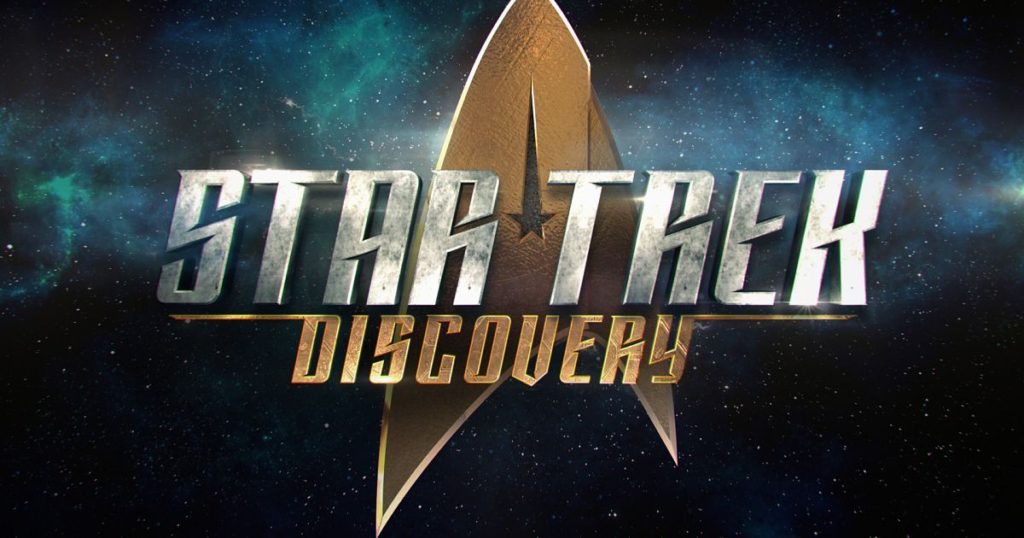
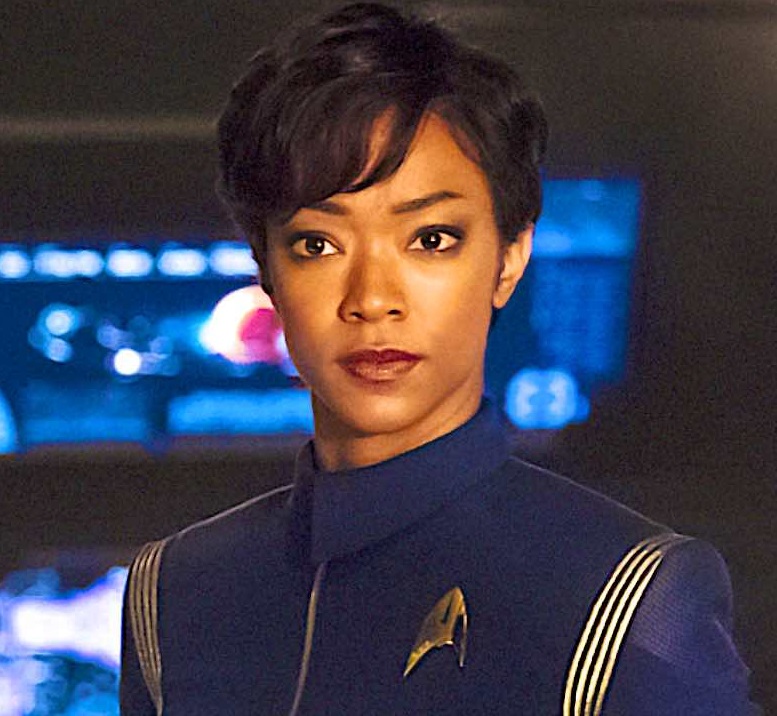
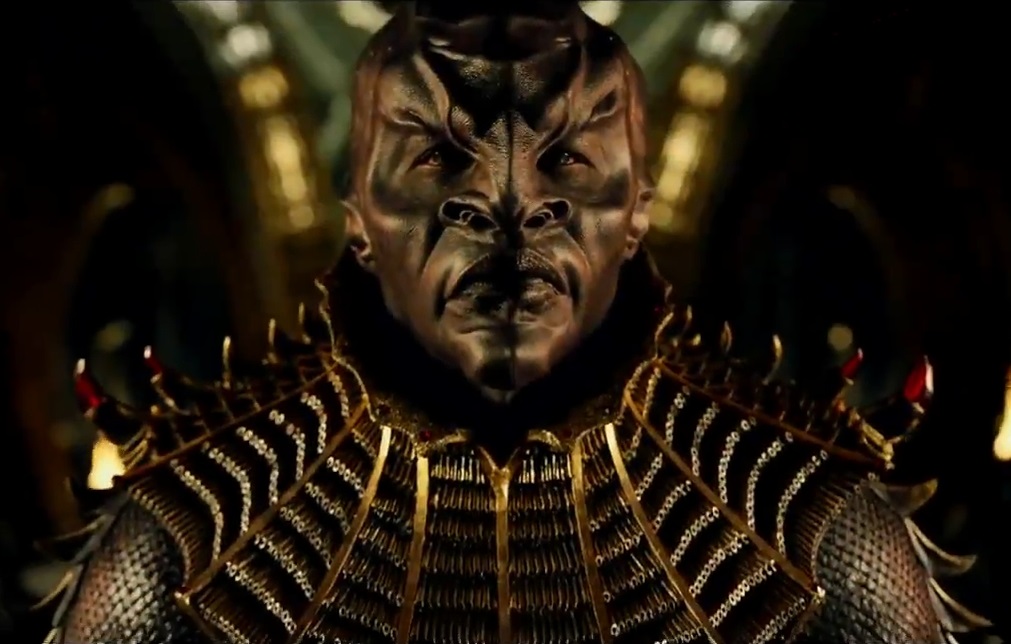
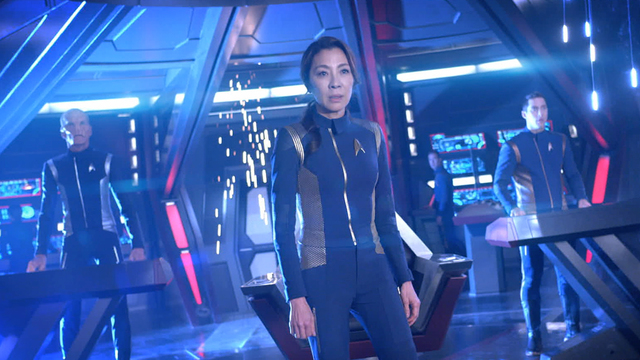









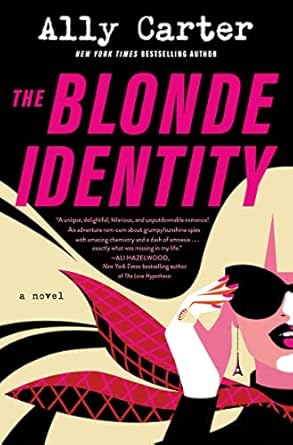
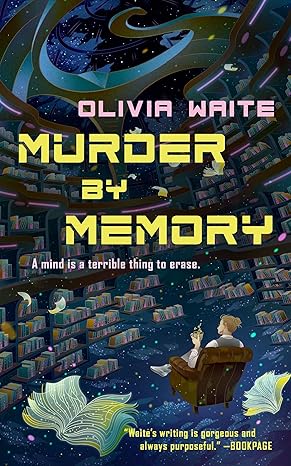

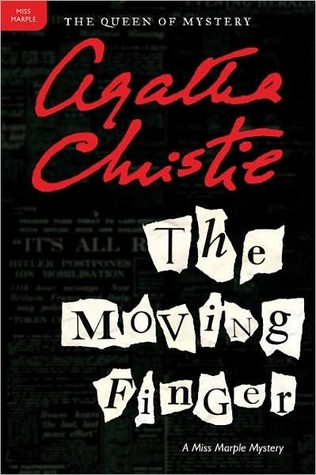



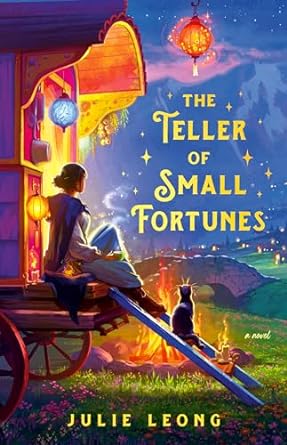
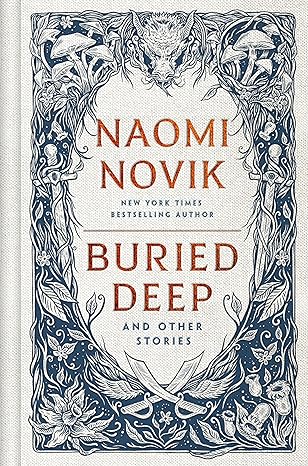
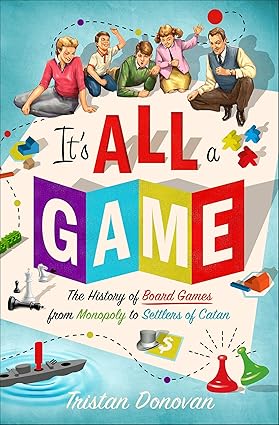
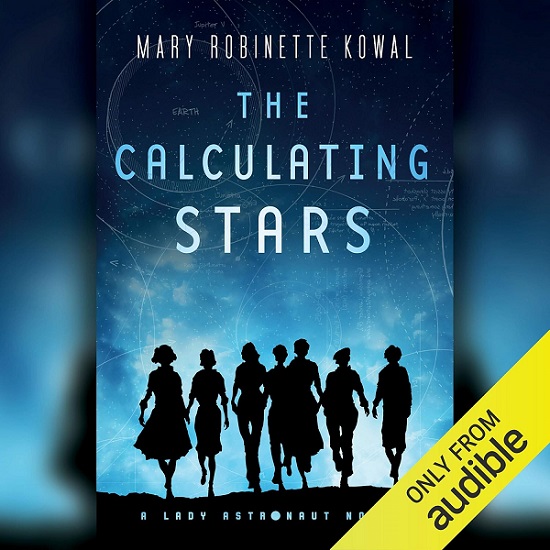
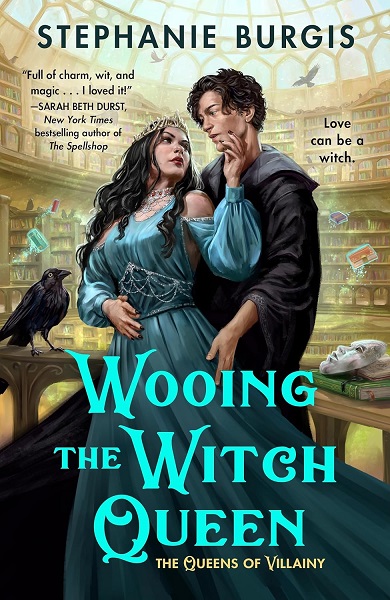
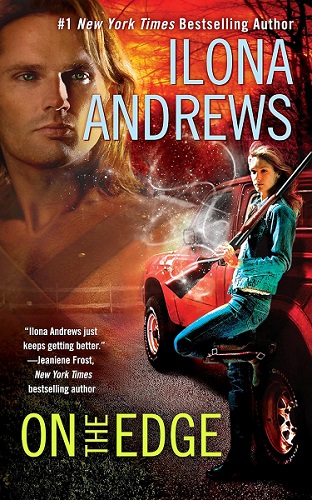
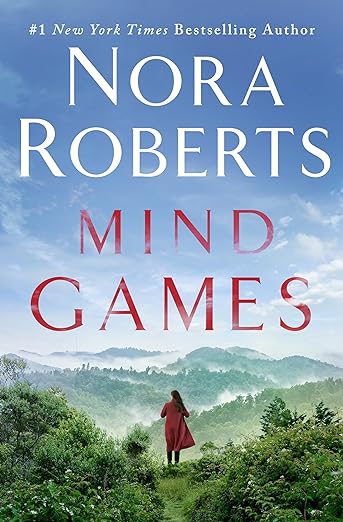


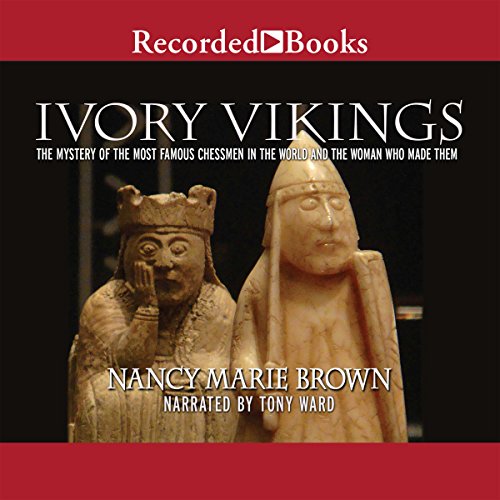
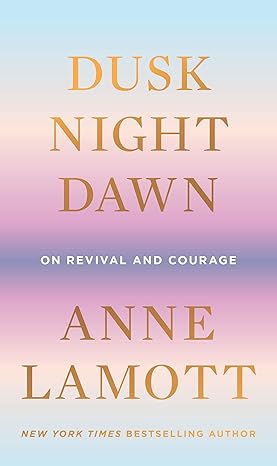
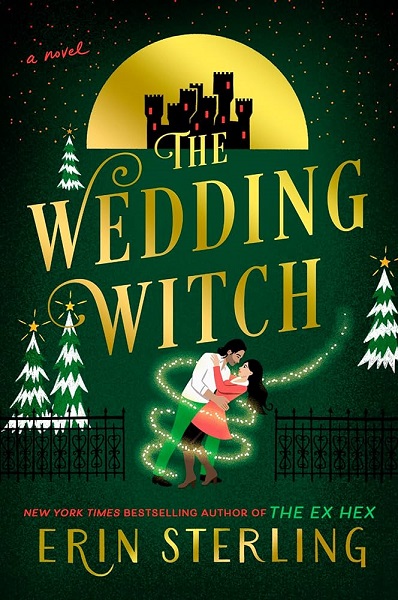


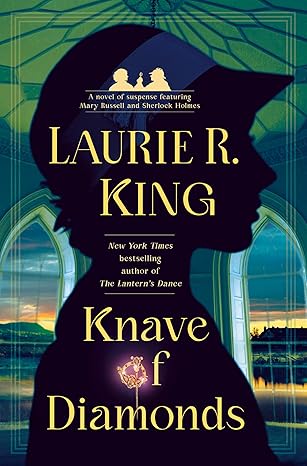






Lola
I can see why that redesign of the Klingons bothers you, if I hadn’t know it was a klingon in that picture I wouldn’t have recognized it. Not really happy they changed them so much, I just can’t see why they changed them so much. Good to hear it has lots of good parts too, definitely sounds like a promising start so far. I like the sound of that human character who was brought up as a vulcan.
I really liked Deep Space 9 and Voyager so I am glad to hear it has the focus on crew interactions like that so far. Thanks for sharing your thoughts about the episodes so far! I might check it out once the first season or so is finished or later as I like to binge watch series.
Lola recently posted…Review: Dial Meow for Murder by Bethany Blake
Lark_Bookwyrm
Actually, there wasn’t as much crew interaction as I was expecting, though there is some (and what there was, was interesting and not without some tension.) But I understand from what I’ve heard and read that there will more of a focus on the crew’s relationships with one another in the remaining episodes. The first two are really a prequel—they don’t even take place on the Discovery.
And yes, I’m pretty unhappy with what they’ve done with the Klingons. The storyline is fine. The physiognomy, not so much.
RO
Lark, let me first say that your review on this show is nothing short of brilliant, and those Hollywood critics have nothing on you! Everything you mention is well written and thought out. Quite impressive!
I thought it was interesting that this show is considered the “prequel” to all things Star Trek considering that women are in charge, and the Klingon changes. I also wondered how in the world anyone could improve on what I considered the greatness of the Star Trek vision, so I was biting my nails a little bit when the program began. Add to that – it started late, and the Twitter world was going crazy! (lol)
I’ve been a fan of Michelle Yeoh since I saw her act in Crouching Tiger, Hidden Dragon way back in 2000, and even have an action figure of her. I’ve always thought she does a great job, and hate that she won’t be around more.
Like you, I enjoyed the program a lot, but I won’t subscribe to CBS All Access to see it. But I definitely want to see the rest of the series and hope I can stream it. Or I can always come to hang out with you to get the deets. (lol) Hugs…RO
RO recently posted…NATIONAL COMIC BOOK DAY & SOME OTHER STUFF
Lark_Bookwyrm
Wow! Thank you for that fabulous compliment, RO!
I’ve never seen Crouching Tiger, Hidden Dragon. I really should, I know. Now that I’ve seen the quality of Yeoh’s work, I’ll be sure to bump it up my “To Watch” list.
I don’t know when the rest of the series will be available to stream outside of CBS All Access, which is why we subscribed. But I hope you get a chance to watch it.